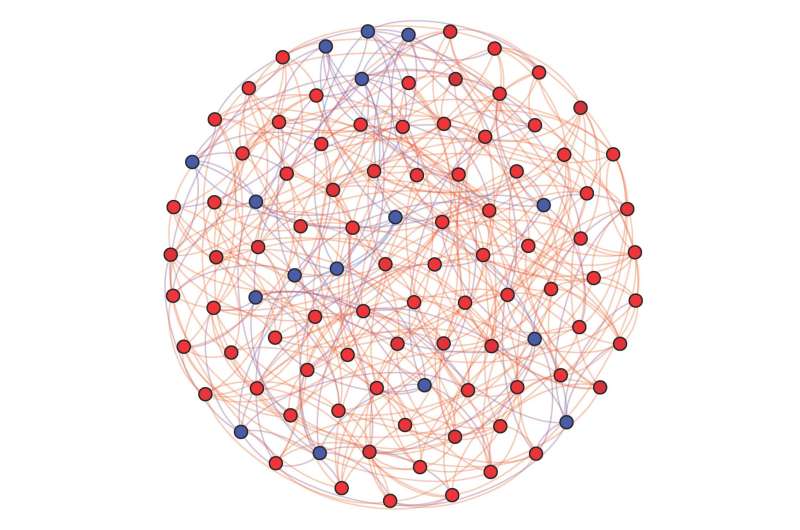New insights into the evolution of cooperation in spatially structured populations

Researchers have analyzed a new mathematical model to investigate how a population's spatial structure affects the evolution of cooperation. Jorge Peña of the Max Planck Institute for Evolutionary Biology in Plön, Germany, and colleagues describe the model in a new study in PLOS Computational Biology.
Mathematical models can help reveal how natural selection drives the evolution of cooperation within a population. The new model shows that, counterintuitively, spatial structure can sometimes inhibit the evolution of cooperation when social interactions involve more than two participants.
In the model, individuals in a population are represented by nodes of a graph; connections can be randomly distributed or given by more structured layouts - such as lattices -that constrain how who interacts and competes with whom. Social interactions are represented by a theoretical game played by an individual and other individuals it is connected to.
The researchers used the model to test the effects of different graphs on the condition for cooperation to be selected. After running many computer simulations, they found that lattices (but not random graphs) can work against the evolution of cooperation, instead of promoting it. This finding challenges previously developed theory based on pairwise interactions, which might fail to account for cases in which spatial structure hinders cooperation.
While their results provide some new insight into the effects of spatial structure on the evolution of cooperation, the authors say that more sophisticated mathematical methods are needed in order to fully account for the complexity of real-world interactions involving many participants.
Journal information: PLoS Computational Biology
Provided by Public Library of Science

















